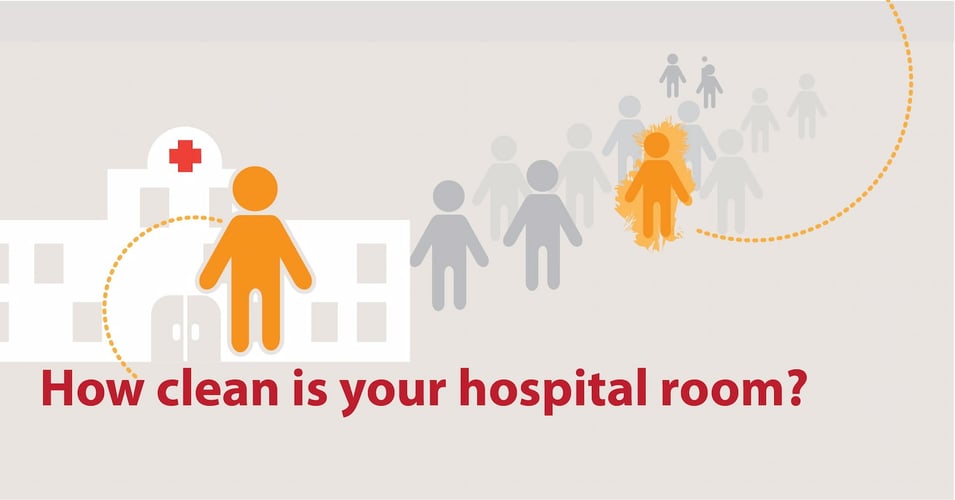
Last year, as healthcare workers faced shortages, the world was reminded of some of the “standard precautions” all hospitals operate under to control infection. This basic level of infection control is to be used at all times for all patients to reduce the risk of transmission of germs including bacteria, viruses, fungi, and other microorganisms. Not only do these precautions protect the healthcare worker from infection, they protect other patients by reducing the risk of transmission. Today we’ll explore these precautions. In the coming weeks, we will cover how lapses in compliance put patients and healthcare workers at risk, and what you can do as a patient or patient advocate to ensure that the rules are followed.
In general, standard precautions protect patients, healthcare workers, and the community from recognized and unrecognized sources of infection. This last part is critical: Not all contaminated surfaces look contaminated. Not all patients with dangerous infection look infected. Standard precautions are in place to protect us in the event of a contagious pathogen, even though not all patients are infected and not all healthcare workers are contaminated. Let’s look at these precautions.
Bodily Fluids: The Target
Because they can carry and sustain infectious pathogens over a long period of time, bodily fluids are the most carefully controlled substance under standard precautions. These fluids include blood, secretions (except sweat), excretions, non-intact skin, and the mucous membranes that allow for pathogens to enter the body. Yes, that is as nasty as it sounds. All the precautions stem from controlling these fluids and the gateways to the body, the mucous membranes. In fact, many infection preventionists would urge hospitals to have a "universal precautions" mentality about bodily fluids: Assume they are all contaminated and treat them as such.
Personal Protective Equipment (PPE)
Many professions require PPE to protect individuals from dangers in their environment: Construction workers require hard hats and steel-toed boots, fabricators require masks and thick gloves, and firefighters require flame-resistant gear and oxygen masks. As we have learned in the past year, healthcare workers also have to be protected from their environment. Here are the basic components of PPE used in a hospital:
Gloves: Non-sterile gloves are worn when handling bodily fluids and when performing some procedures. The healthcare worker should wash hands before wearing gloves and after taking them off. Gloves should be replaced minimally between patients, and ideally every time a new surface is touched.
Gowns: Fluid-resistant gowns should be worn when performing procedures that involve bodily fluids. Just as with gloves, the gown must be replaced minimally between patients.
Masks/Respirators: Masks are paper filters that fit over the nose and mouth, while respirators are rubber and plastic devices that can cover just the nose and mouth or the entire face and filter out much more than the paper masks. The paper masks are considered sufficient for standard precautions, and should be worn when respiratory secretions are anticipated or during certain procedures that require more pathogen control such as placing a catheter, injecting into the spinal canal, etc.
Hand Hygiene
Washing one’s hands is considered the single best way of preventing transmission of dangerous pathogens. All that is required is 20 seconds, soapy water, and ensuring that both sides of the hands are scrubbed. An alcohol-based hand sanitizer is considered sufficient for low-risk washings. Some hospitals use digital monitoring system to help healthcare workers wash their hands regularly. All evidence shows that hand-hygeine programs (education, reminders, motivation systems, etc.) are very effective, but must be sustained over the long term to continue to be effective. Patients must also wash their hands, as must their visitors. It's too important to overlook!
There are two precautions that are far more complex due to the nature of the procedures they cover: Processing of medical devices and injection safety. We will cover these in the coming weeks!
Editor's Note: This post was originally published in March 2016 and has been updated for freshness, accuracy and comprehensiveness.
![EOScu Logo - Dark - Outlined [07182023]-01](https://blog.eoscu.com/hubfs/Eoscu_June2024/Images/EOScu%20Logo%20-%20Dark%20-%20Outlined%20%5B07182023%5D-01.svg)

![[infographic] Modes of Transmission Download and share!](https://no-cache.hubspot.com/cta/default/216314/interactive-178287789067.png)



